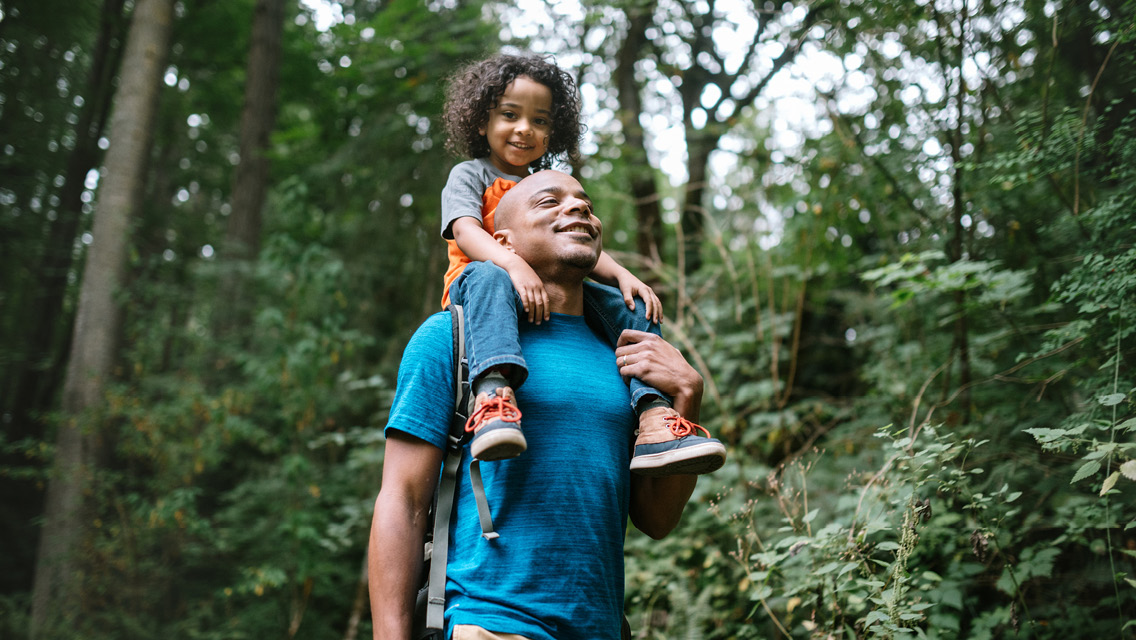For as long as little legs have been running, free play has been part of childhood. Whether kids are making up versions of tag, kicking a ball around, climbing trees, or playing pickup basketball, it’s these experiences of unorganized, informal physical play that they naturally seek out. Free play can be sports-based, or it can just be joyful movement for movement’s sake.
“Free play helps develop creativity, allows kids to experiment, [and] promotes love of the game, and it’s an experience owned by the participant,” says Tom Farrey, founder and executive director of the Aspen Institute’s Sports and Society Program and author of Game On: The All-American Race to Make Champions of Our Children. “The reward is more intrinsic, versus the extrinsic reward you get from organized sports. It’s the core of sports in their original form.”
You can bring back free play by providing both the when and where for kids to engage in play on their own.
- Advocate for more green space and park facilities in your community so access isn’t limited to organized teams.
- Expose your kids to a variety of sports and activities with some formal instruction so they feel confident playing with other kids. Coaching, lessons, and classes can be expensive, but think of them as an investment in a well-rounded experience rather than just in a particular sport or activity.
- Introduce your kids to natural environments that stimulate free play, such as parks and forest preserves.
- Make time for free play, even if this may mean limiting organized sports and other formal activities.
- Connect with other families who value free play. Get the ball rolling by arranging a time when kids can meet at a park to play.
- Pair movement with responsibility. For instance, allow older kids to ride their bikes or meet up to play with friends if they can promise to follow safety rules and be home by a certain time.
Even as kids get older and choose to play organized sports, free play is key to fostering a long-term, sustainable love of movement. “I’ve never seen or heard of a child getting burned out from free play,” says pediatric sports-medicine specialist Joel Brenner, MD, a pediatric sports-medicine specialist at the Children’s Hospital of the King’s Daughters in Norfolk, Va., and former chair of the American Academy of Pediatrics’ Council on Sports Medicine and Fitness.
This was excerpted from “How to Help Kids Thrive Through Physical Activity” which was published in the September 2022 issue of Experience Life.






This Post Has 0 Comments